Guatemalan Textiles Treasured By Fashion Designers
Guatemalan Textiles Treasured By Fashion Designers. Why would you ever want to dye cotton using plants, bugs, and tree bark? For one thing, you can get an incredible range of hues, including yellow, orange, green, red, blue, purple, grey, and brown.
Guatemalan Textiles Treasured By Fashion Designers
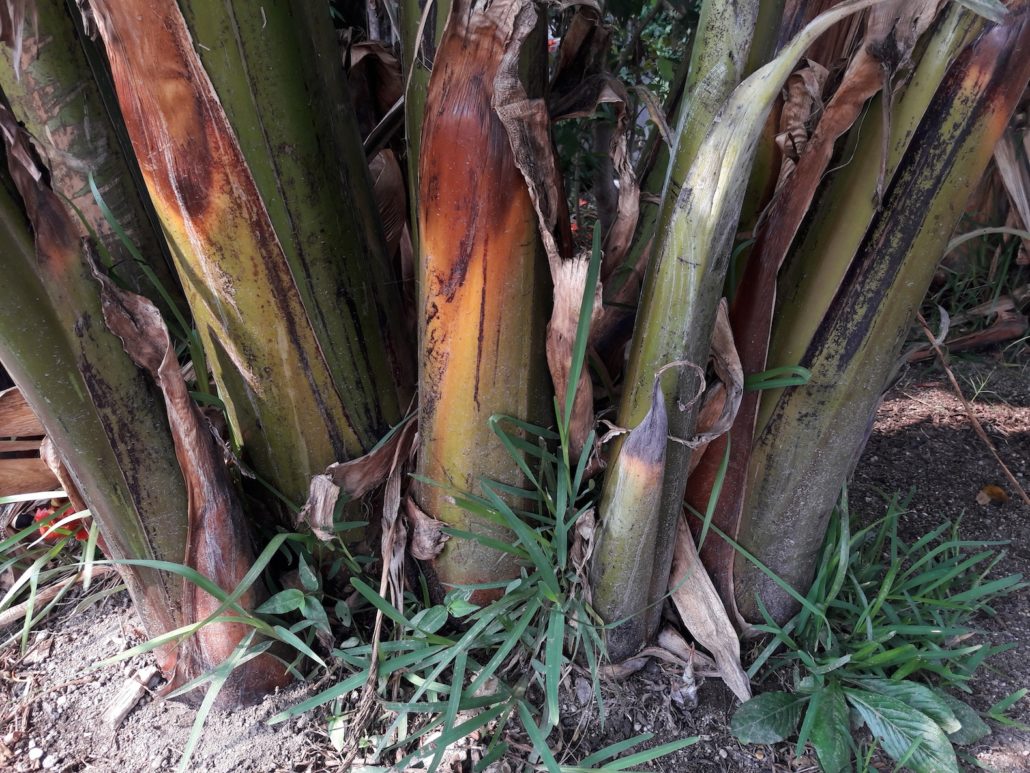
Guatemalan Textiles Dying Process uses Banana’s
Bananas are one of the key ingredients in the Dying process, not the part you peel and eat, the stump of a small Banana plant is cut like a small ring or disk. In the dying process, this disk is used in the process of setting the color of the yarns.
We tend to be blissfully unaware of the health problems related to the commercial textile dyeing process, as most of our clothing is not from around the US. Azo dyes, which are used for about 70% of textiles made, carry significant health and cancer risk, as do other chemicals used in the process like benzidine, phthalates, and formaldehyde.
For a few Guatemalan Textiles are Treasured Around the World because they are 100% natural and the use of plants for the dying process makes these finished Yarns, Textiles Treasured products that first are amazing in color also the health benefit is documented.
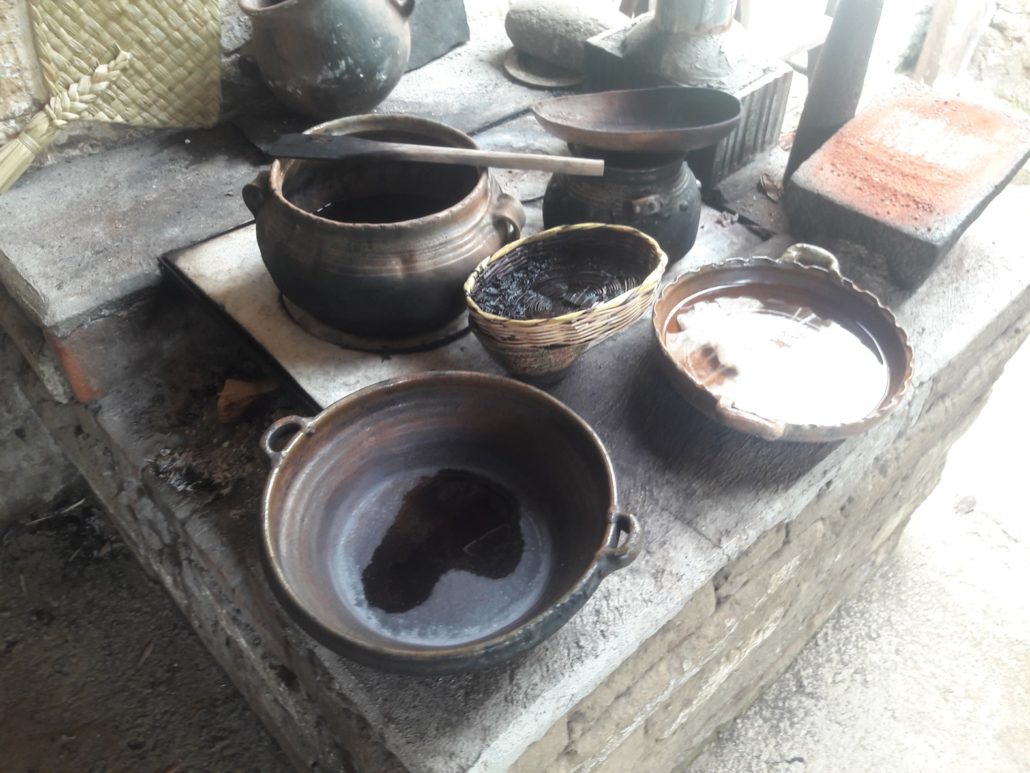
Guatemalan Textiles Dying Process uses only natural plants
The Cotton Dying Process followed by the Guatemalan Back Strap Weavers and Woman’s Co-Operatives of Guatemala that produce 65% of the renewable and Sustainable Textiles in Guatemala follow a tradition of Weaver passed down from their Mayan Ancestors

Guatemalan Textiles Dying Process
The women all grow their organic cotton. Cotton grows in many varietals.
The most popular cotton for weaving and dying is white.
Pull the seeds out of the cotton.
Beat the cotton until it is soft and smooth and ready for spooling.
Hours are needed to create a spool of cotton.
Once the cotton is spooled, they create the ball of yarn.
It takes about 12 hours for the cotton to absorb the color from the plant.
The women use natural plant and organic material as dyes.
Once the cotton is dyed, it takes another day for the color to dry.
Next, the women spin out the yarn.
Then they work on the initial threading… which can take a week or more.
Guatemalan Textiles Treasured By Fashion Designers
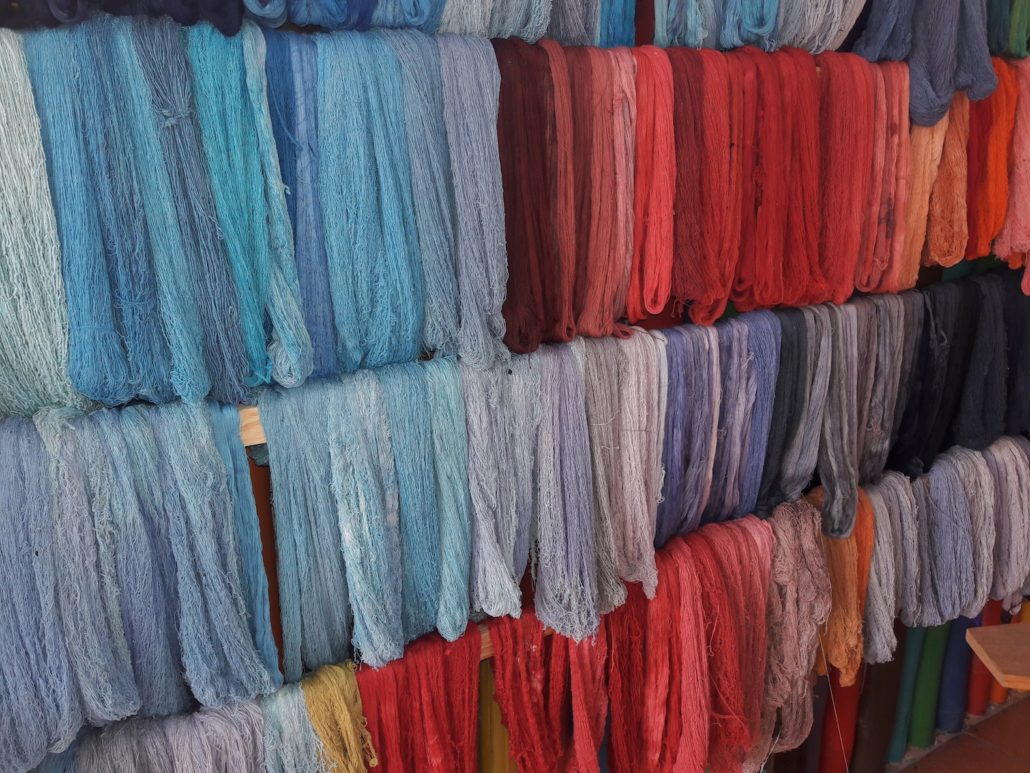
Yarns dyed and ready to be woven
In Guatemalan woven textiles, the first step is preparing fiber, which can come from plants, such as cotton or maguey, or animals, such as wool from sheep. In Mesoamerica, only plant fibers were available before European contact. The loose fibers are spun into threads by hand, with spindles, a long stick-like device for holding the thread, and whorls, a weight held on the spindle to increase its motion. The artisan will decide what patterns she wants to create and will choose the appropriate number of rods to support it.
Guatemalan Textiles Treasured By Fashion Designers
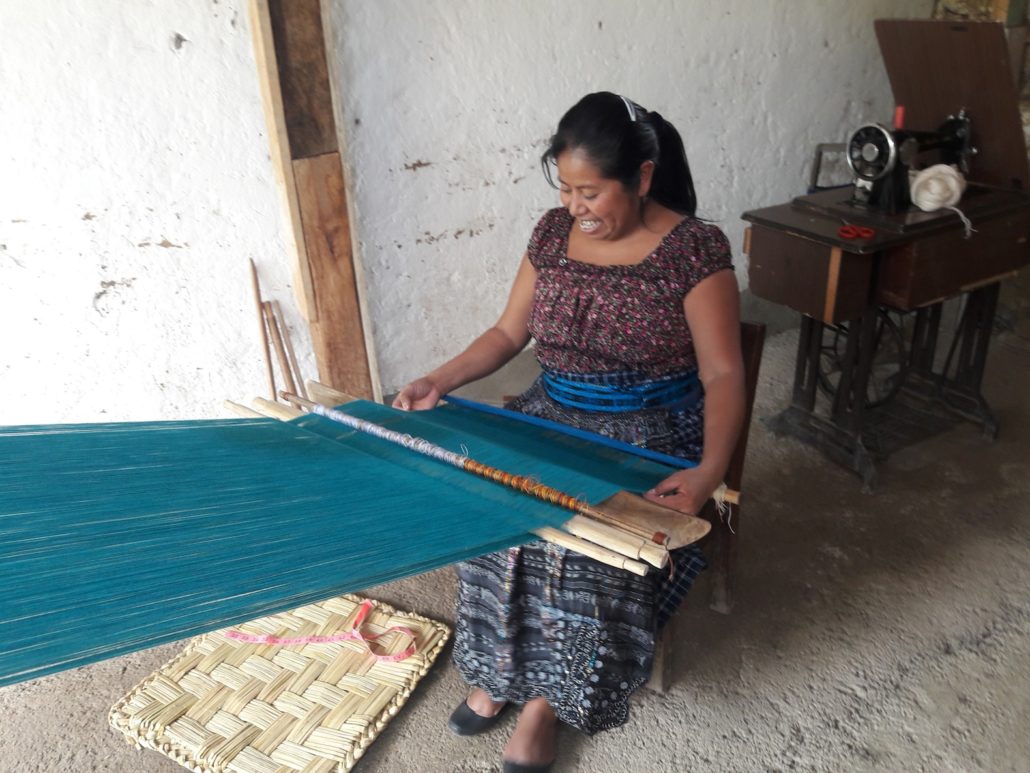
Guatemalan Textiles The Backstrap Loom
A loom is a device used to weave cloth and tapestry. The basic purpose of any loom is to hold the warp threads under tension to facilitate the interweaving of the weft threads. The precise shape of the loom and its mechanics may vary, but the basic function is the same.
The Backstrap Loom is a simple loom that has its roots in ancient civilizations consists of two sticks or bars between which the warps are stretched. One bar is attached to a fixed object, and the other to the weaver usually using a strap around the back. The weaver leans back and uses his or her body weight to tension the loom. To open the shed controlled by the string heddles, the weaver relaxes tension on the warps and raises the heddles.
Both simple and complex textiles can be woven on this loom. Width is limited to how far the weaver can reach from side to side to pass the shuttle.
Guatemalan Textiles Treasured By Fashion Designers
Warp-faced textiles, often decorated with intricate pick-up patterns woven in complementary and supplementary warp techniques are woven by indigenous peoples today around the world.
They produce such things as belts, ponchos, bags, hatbands, and carrying clothes. Supplementary weft patterning and brocading are practiced in many regions. Balanced weaves are also possible on the backstrap loom. Today, commercially produced backstrap loom kits often include a rigid heddle.
The greater the number of rods, the more complex the design. Depending on the skill and creativity of the artisan this process can take days to weeks to months. Backstrap weaving has an infinite number of designs and patterns – so you will likely never see the same color scheme or weave twice!


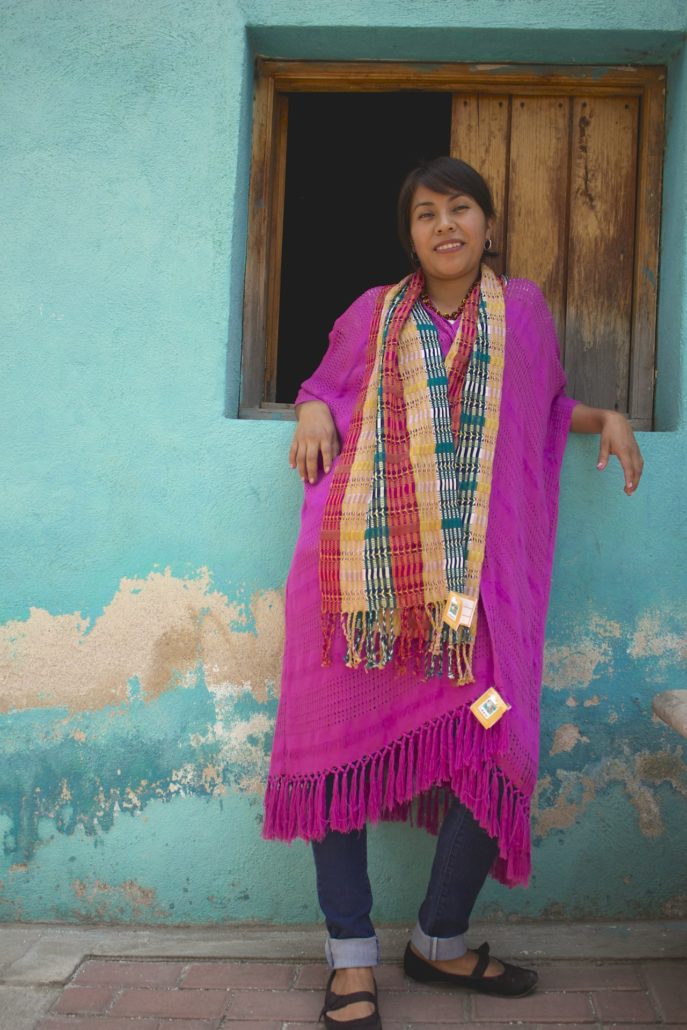
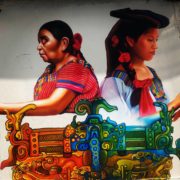

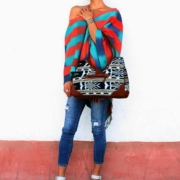 Ethical Fashion Guatemala
Ethical Fashion Guatemala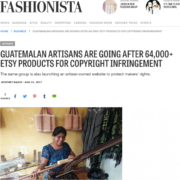
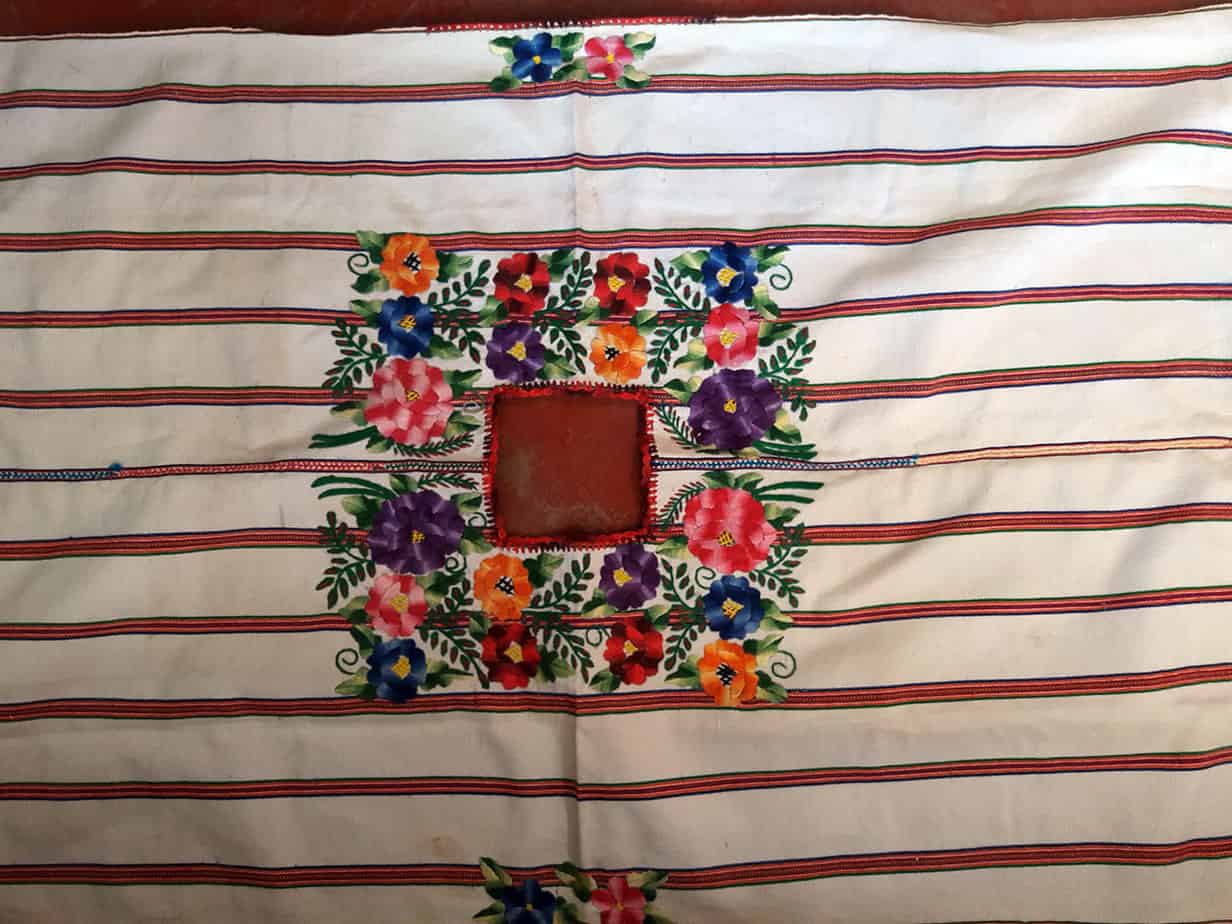 Ethical Fashion Guatemala
Ethical Fashion Guatemala

 Ethical Fashion Guatemala
Ethical Fashion Guatemala
Leave a Reply
Want to join the discussion?Feel free to contribute!